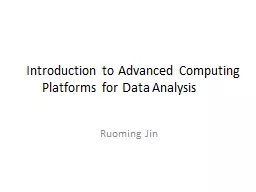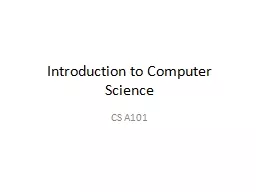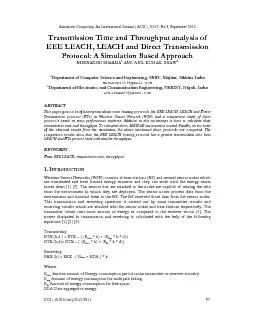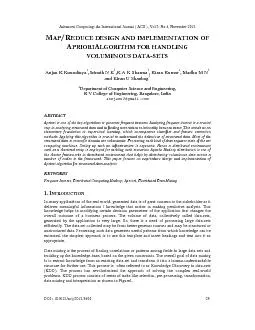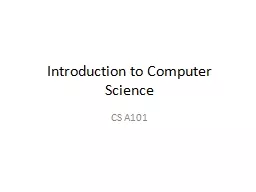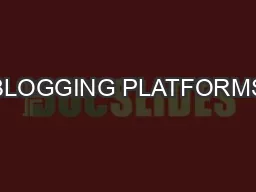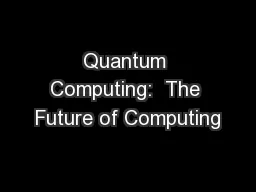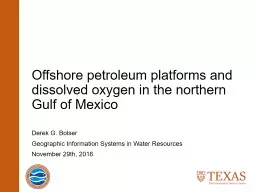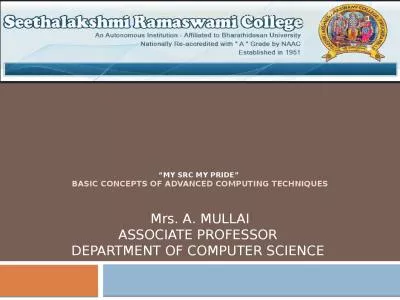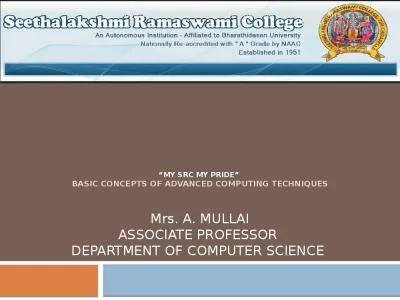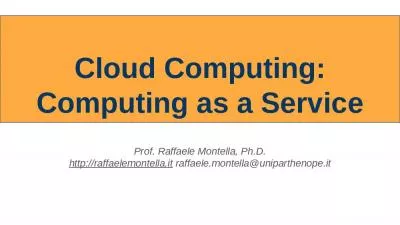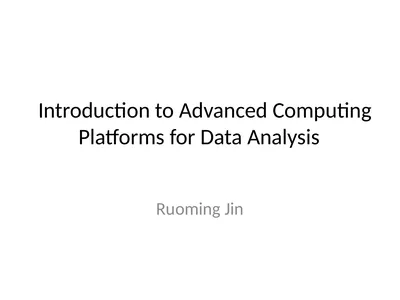PPT-Introduction to Advanced Computing Platforms for Data Analy
Author : pamella-moone | Published Date : 2016-11-30
Ruoming Jin Welcome Instructor Ruoming Jin Office 264 MCS Building Email jin AT cskentedu Office hour Tuesdays and Thursdays 430PM to 530PM or by appointment TA
Presentation Embed Code
Download Presentation
Download Presentation The PPT/PDF document "Introduction to Advanced Computing Platf..." is the property of its rightful owner. Permission is granted to download and print the materials on this website for personal, non-commercial use only, and to display it on your personal computer provided you do not modify the materials and that you retain all copyright notices contained in the materials. By downloading content from our website, you accept the terms of this agreement.
Introduction to Advanced Computing Platforms for Data Analy: Transcript
Download Rules Of Document
"Introduction to Advanced Computing Platforms for Data Analy"The content belongs to its owner. You may download and print it for personal use, without modification, and keep all copyright notices. By downloading, you agree to these terms.
Related Documents

